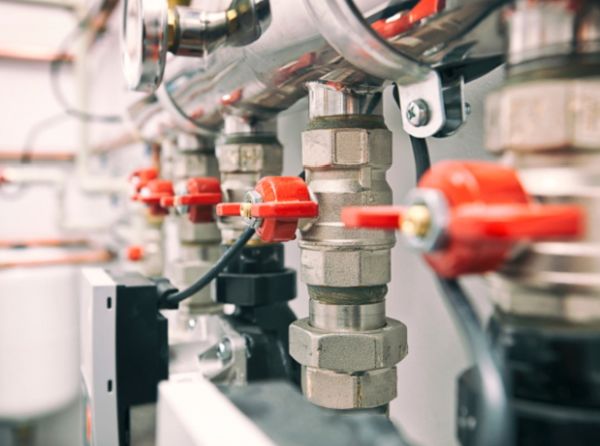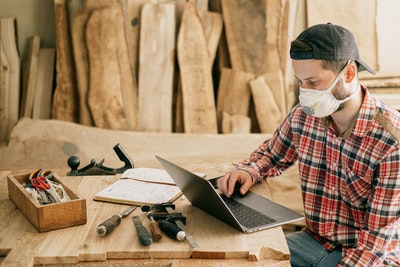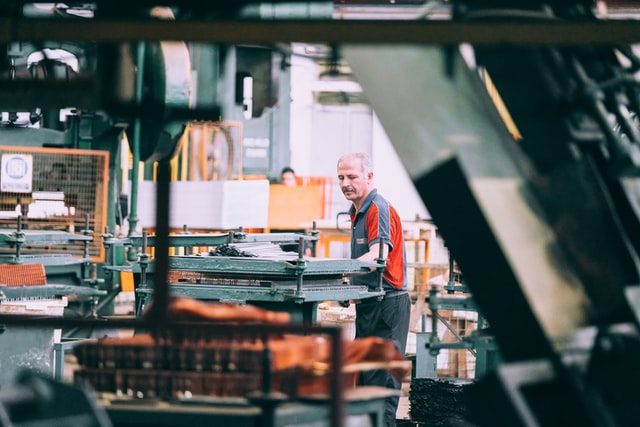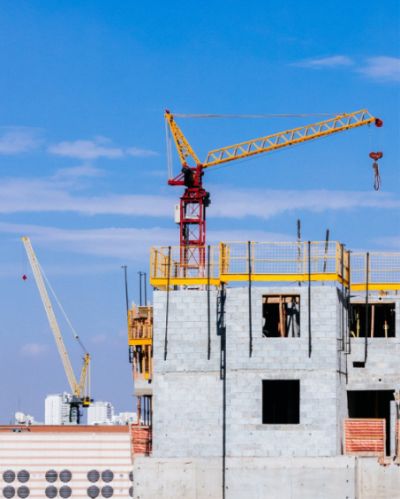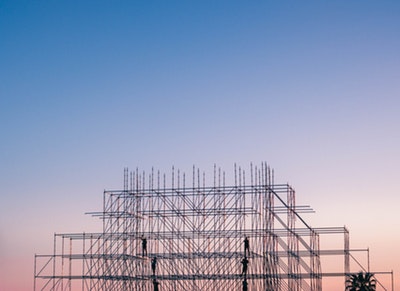7 Common Problems with Overhead Cranes & How to Avoid Them
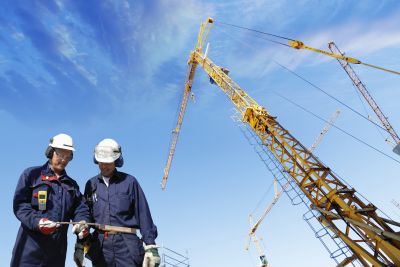 Safety on the job site has to be a priority.
Safety on the job site has to be a priority.
Unfortunately, there are a number of common problems when you begin using overhead cranes.
As you learn about the problems, you can be proactive to avoid them.
Every type of machinery has its problems, and overhead cranes are no different.
You can keep your machinery running smoothly and avoid safety issues when you know what to look for throughout your day-to-day operations.
#1: Degradation or Damage to the Wire Rope
One of the most common problems you might face with an overhead crane is the degradation of wire rope. There may be corrosion, excessive wear, and more. When this happens, it can lead to a reduction of the rope’s diameter as well as the wire rope jumping out of the reeving system.
Proper lubrication can make a big difference. Additionally, you want to make sure that your entire crane is properly coated. This can reduce the amount of friction on wire rope that is less likely to be damaged during daily operations.
A daily inspection of the rope should also be performed. If there’s any sign of damage, it’s best to dispose of the rope and replace it with new.
#2: Alignment Issues
When there is an alignment issue, the crane will skew. It can cause a significant amount of stress to the system and create expensive damage.
In some instances, alignment issues can result in crane failure or derailment. You want to avoid equipment downtime and expensive repairs, so there are a few things that you can do.
Pay attention to the signs of crane skew, including loud sounds, the need for the extra power to move through areas, and a wheel climbing or floating in the air.
A reputable service provider should inspect your overhead crane regularly to identify issues. It’s also important that your crane meets the CMAA standards for allowable tolerances.
#3: Electrification System Issues
There are a lot of issues that can occur with the electrification system of an overhead crane. Some of the most common issues occur with these components:
- Radio controls
- Pendant controls
- Fuses
It’s not uncommon for buttons to stick or become unresponsive over time, but they do need to be replaced when you identify that they’re not in working order.
There may also be poor contact between the contact bars or the collector is weak. Problems like this are often a result of misalignment or oxidization.
When you have such a problem, it can impact safety, productivity, and even damage other components on the crane or within your work area.
You want to inspect and repair the crane on a regular basis. The goal is to prevent a control from failing so that you don’t have to worry about a load falling.
It is much better to be proactive than reactive, particularly when it comes to the electrification system.
#4: Excessive Wear on End Truck Wheels
The end truck wheels of your crane may require the most maintenance of any moving part. The wheels, flanges, and bearings will all wear out over time. It’s important to know what kind of wear is normal.
If you notice that the wear is premature, it can be a sign that there are bigger issues going on (such as problems with the alignment).
Consider the different types of wheels. They’re made in various materials, ranging from alloys to medium-carbon steel.
If you notice excessive wear, it might be necessary to upgrade the wheels so that they are better at handling the work environment and the load capacity that you are demanding of the crane.
#5: Damaged or Bent Hooks
Hooks are designed to hold a load in a certain direction. The hook has to be able to hold a specific amount of weight and maintain the direction that is needed.
When hooks are damaged or bent, the load may swing more freely. In some instances, the load may not be supported, leading to cracking and bending.
It’s critical that all rigging hardware be inspected regularly. It ensures that you catch a deformity before an accident can ever take place.
#6: Issues with Hooks
Often, it’s not just about damaged or bent hooks. The hooks are responsible for being able to connect to a load.
If there’s a problem with the hook, it may make it difficult for a load to attach properly – and that could lead to a load falling.
Hooks should be properly cared for, including a proper protective coating. Then, as they become damaged over time, they need to be replaced.
#7: Electrical Hazards
The height of an overhead crane can be a problem in and of itself. This is an operator issue, but it is a problem that happens often – employees come into contact with electrical lines. When this happens, it can lead to the crane being electrified and even tear down the lines, leading to even bigger problems.
The best way to prevent such problems is by providing training to your employees. Ensure they are aware of all of their surroundings. It can be advantageous to have a spotter on the ground when working around electrical lines, too.
This way, it can ensure that there are multiple people on the lookout for such hazards.
Professional Coatings for Overhead Cranes
It’s critical that you do everything you can to prolong the life span of your overhead crane. In addition to regular inspections, you have to protect it against various environmental conditions. When it’s exposed to sunlight, rain, and more, you’re likely to experience problems.
With a professional coating, you can avoid such things as damage to the wire rope and more. At Hydro Tech, we have a reputation for working with factory equipment of all sizes. We ensure that a protective coating is applied to ensure that structural components aren’t compromised.
As a professional in Vancouver BC that specializes in industrial painting and commercial power washing services, we can offer the coating you need on your overhead crane. Contact us today to learn more about our comprehensive services.

